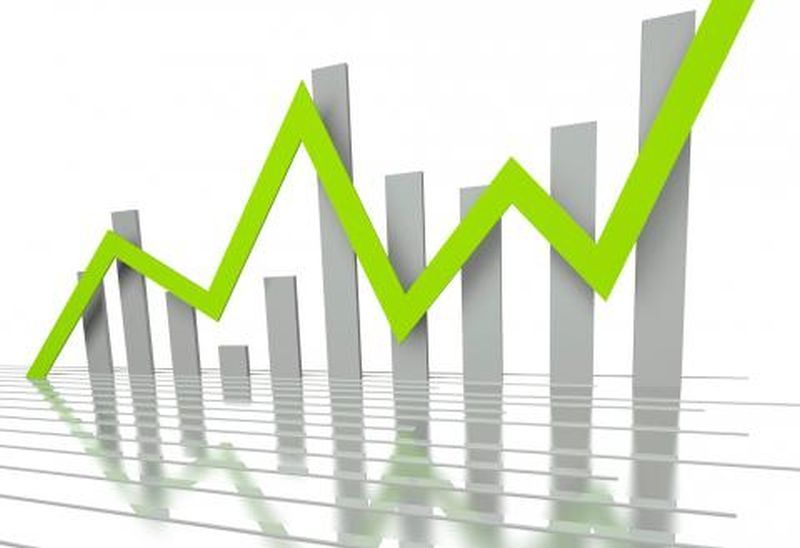How to Use Technical Analysis for Stock Selection?
Successful stock investing requires a solid strategy, and one of the most widely used methods is technical analysis. This approach focuses on analyzing price movements and trading volume to predict future trends. So, how can technical analysis help you pick the right stocks? Let’s dive in!
1. Analyze Charts and Price Movements
Technical analysis starts with studying price movements through different chart types:
- Line Charts: Show overall price trends.
- Candlestick Charts: Provide detailed insights into price action.
- Bar Charts: Display open, high, low, and closing prices.
2. Identify Market Trends
Recognizing trends is crucial for making informed investment decisions. There are three main types of trends:
- Uptrend (Bull Market): When stock prices consistently move upward.
- Downtrend (Bear Market): When prices show a consistent decline.
- Sideways Trend: When prices fluctuate within a specific range without a clear direction.
3. Use Support and Resistance Levels
- Support Level: The price level at which a stock tends to stop falling.
- Resistance Level: The price level at which a stock struggles to rise. Understanding these levels helps investors decide when to buy or sell.
4. Leverage Technical Indicators
Various indicators assist in predicting price movements:
- Moving Averages: Help identify trends by smoothing out price data.
- Simple Moving Average (SMA): Calculates the average stock price over a set period.
- Exponential Moving Average (EMA): Gives more weight to recent prices, making it more responsive to changes.
- Relative Strength Index (RSI): Determines whether a stock is overbought or oversold.
- RSI above 70 indicates overbought conditions.
- RSI below 30 suggests oversold conditions.
- MACD (Moving Average Convergence Divergence): Signals trend reversals and potential buy/sell points.
- Bollinger Bands: Measure market volatility and indicate overbought or oversold conditions.
5. Evaluate Trading Volume
Trading volume shows how actively a stock is being bought or sold. High volume usually confirms the strength of a trend.
- High Volume + Rising Price = Strong Trend
- Low Volume + Rising Price = Weak Trend (Caution Required)
6. Recognize Chart Patterns
Technical analysts look for specific patterns that indicate future price movements:
- Double Bottom Pattern: Suggests the end of a downtrend and the beginning of an uptrend.
- Head and Shoulders Pattern: Signals the end of an uptrend and a potential decline.
- Flag and Pennant Patterns: Indicate short-term price corrections before a trend continues.
7. Develop a Buy and Sell Strategy
Technical analysis is most effective when used with a clear trading plan.
- Breakout Trading: Buying when the price breaks above resistance or selling when it breaks below support.
- Stop-Loss Orders: Setting a predetermined price to minimize losses.
- Take-Profit Levels: Selling at a predetermined target price to secure profits.
Conclusion
Technical analysis is a valuable tool for stock selection, helping investors make data-driven decisions by analyzing historical price patterns. However, it works best when combined with fundamental analysis to gain a well-rounded perspective.
Remember, technical analysis is not about predicting the future with certainty but about managing risk and identifying opportunities based on price trends!




